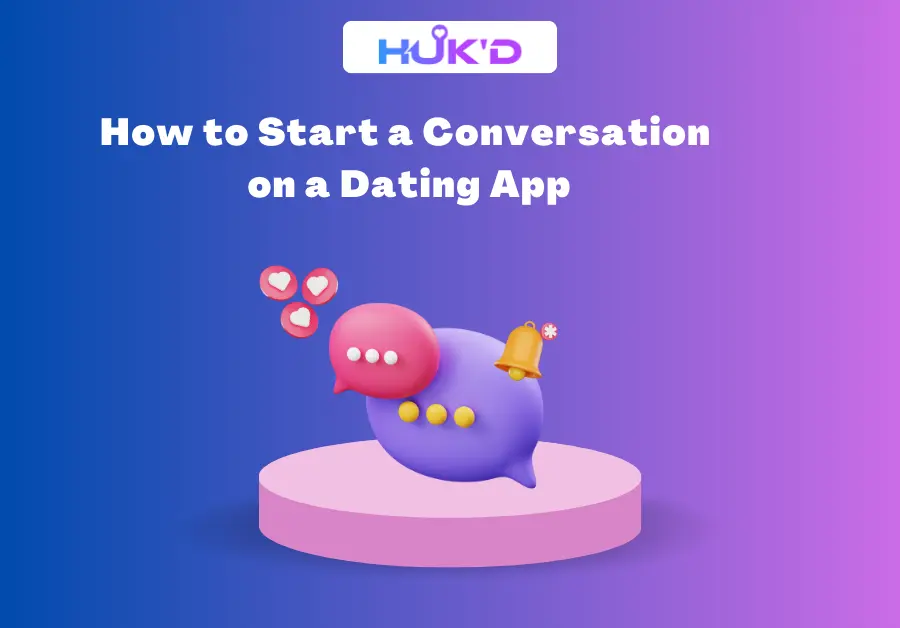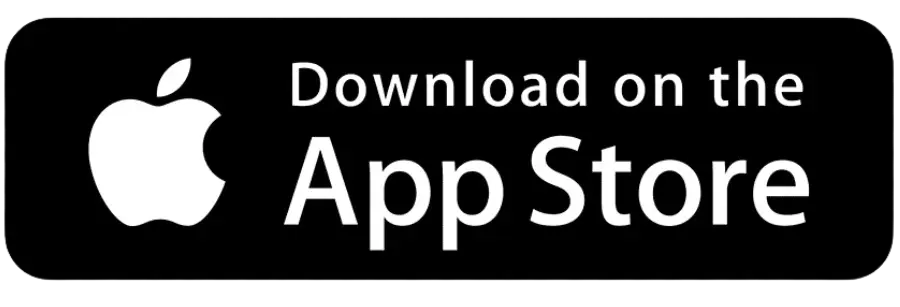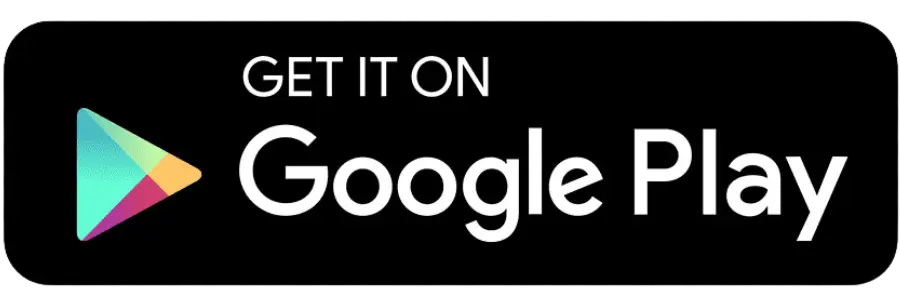How has dating changed from the 1980s to now?
It is important to look at how dating has changed since the 1980s. These changes reflect shifts in society, technology, and culture. Here, we will explore the changes in dating over the decades. We will focus on communication, expectations, and technology.
The 1980s: A Decade of Change
In the 1980s, dating was a mix of old and new styles. By the end of the 20th century, a new behavior called “hooking up” started among young people. At first, “hooking up” meant having casual sexual relationships. Later, it came to mean social relationships that did not have to be serious. This change happened alongside a more open attitude towards casual dating.
Communication Styles
In the 1980s, people mainly communicated in two ways: face-to-face and by phone. Many people met their dates through friends at social events. The use of pagers and early mobile phones began to change how people talked to each other. However, texting was not popular yet. Most romantic relationships were developed through in-person meetings or long phone calls.
The 1990s: The Rise of Self-Help and Technology
In the 1990s, dating progressed even more. The arrival of books presented women as individuals seeking a partner. Among them, the most popular was “The Rules: Time-Tested Secrets for Capturing the Heart of Mr. Right,” published in 1995. This book was specifically aimed at women and provided them with guidelines on how to captivate men and how the dating game should proceed based on the existing views on gender roles
The Internet Begins to Influence Dating
With the increase in the usage of the Internet, it began transforming the means and ways through which people came into contact. Chat rooms and forums emerged as places where one could look for partners with whom to arrange an in-person meeting. This change paved the way for other online dating websites in the future.
Text Messaging Emerges
Towards the last quarter of the nineties, text messaging came to light as another way of communicating. Although it is not fully incorporated into society, SMS has begun to alter the way couples communicate. Some respondents mentioned that they used the same mode to break up with someone or invite him/her for a date, showing that the process became less personal and colder.
The 2000s: Online Dating Takes Off
The year 2000 and onwards became a significant shift in the dating era through the use of online dating platforms such as Hukdating, Match.com and eHarmony. They were other sources through which people could find potential partners beyond the circle of friends and acquaintances.
Acceptance of Online Dating
At first, people started having doubts about the effectiveness of online dating, and it was only when people got success stories then the concept started gaining popularity. In the middle of 2000, couples could meet through the Internet as opposed to the usual means through friends or family. This was most felt by individuals in the areas where dating options were scarce.
The Birth of Dating Apps
Barely a decade ago, at the close of the 2000s, people adopted the use of Smartphones. This saw the beginning of dating applications like Tinder. Tinder was developed in 2012 and made the right or left swipe for profiles based on pictures and short descriptions possible. This approach also gave the opportunity for users to link many potential partners within a single game.
The 2010s: A New Era of Dating Dynamics
Since the beginning of the 2010s, dating applications for multiple niches and preferences have rapidly appeared in the market. New kinds of applications such as Bumble appeared which encouraged women to send the first messages, and platforms that were specialized by the type of relation or specific interests.
Changing Relationship Expectations
Dating platforms are gaining popularity with improved technological advancement, and the standards of relationships have also started changing. The relationships that people were looking for were short-term rather than long-term commitments. However, there was also an increasing demand for more informal and superficial relationships at the same time.
Impact of Social Media
Social media also shaped dating practices during this time. People showcased their lives and hobbies online, creating profiles that influenced how others viewed them. This new culture led to different ways of communicating and forming relationships.
The Present Day: Intentional Dating
Modern-day dating is well-defined and selective in comparison to past days. People have now shifted from casual hookups to seeking mutual feelings and common interests. According to the surveys, young people are less likely to compromise in their relationships about the things they desire.
Niche Dating Apps
Many dating apps have emerged to work with particular interests or features that enhance people’s lifestyles. These platforms are for people who are looking for genuine connection within specific groups of people; in other words, they find people with similar interests, interests in a specific belief system, or interests in leading a certain lifestyle or bias.
Future-Proofing Relationships
In the recent past, there has been a growing trend of couples wanting to ‘future-proof’ a relationship, meaning that before one enters the next level, they have to make sure that the partner is mentally sound and objective in terms of what they want in life. This is a trend seen in a larger societal process of ‘careful’ dating, where people are more careful in choosing a partner.
Conclusion
The most significant changes in dating statistics date back to the 1980s and increased with the help of technology in the present day. Every period had its dynamics ahead of the changes in society and the new technologies introduced in the market.
As for the future, the concept of dating will remain an ongoing social process changing in accordance with cultural and technical trends. Whether it is in the case of the programs with specific notions of dating or the change in other platforms toward more genuine connections, it’s beneficial to grasp this process for the future understanding of one’s relationships.



